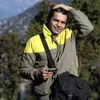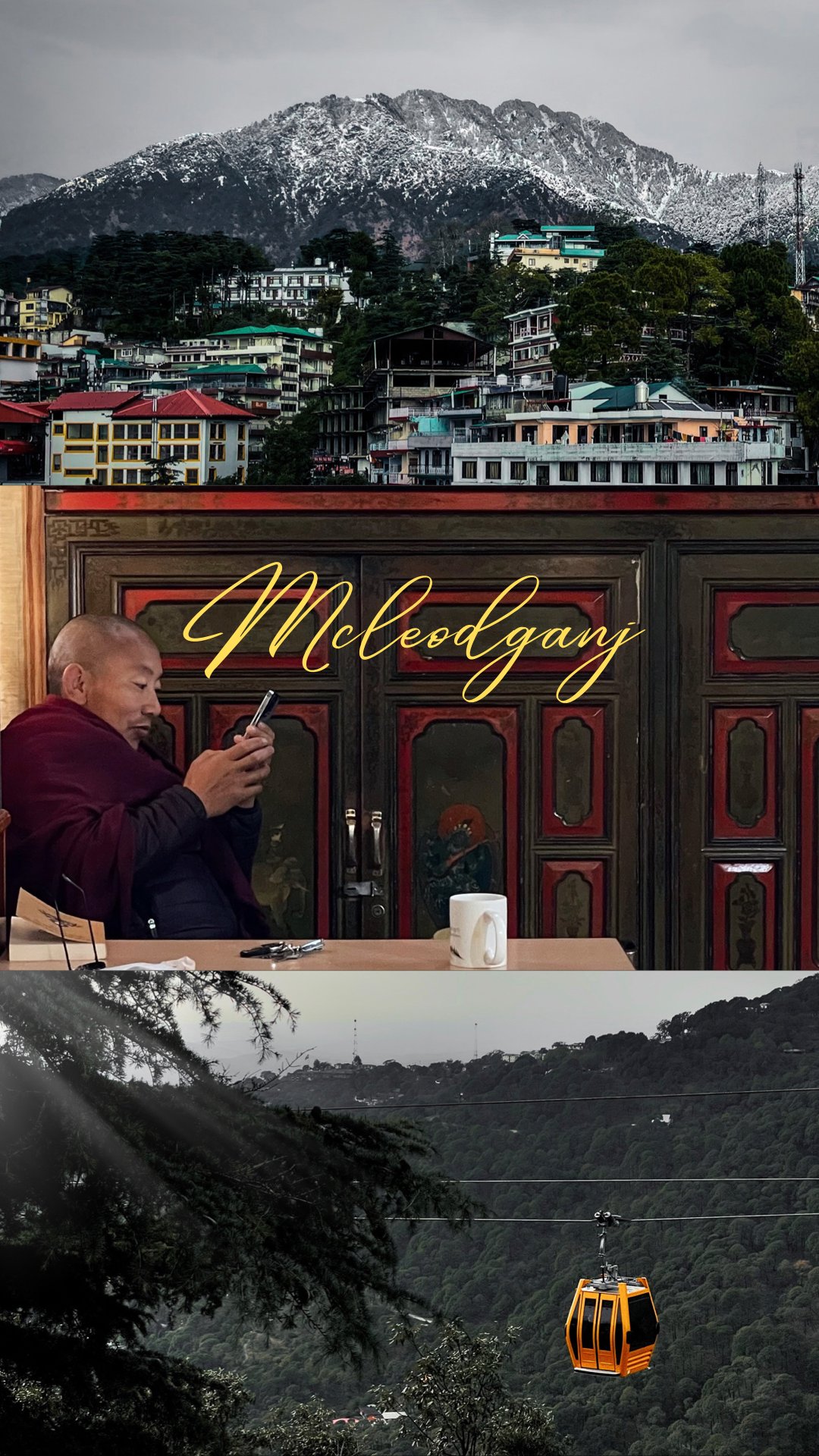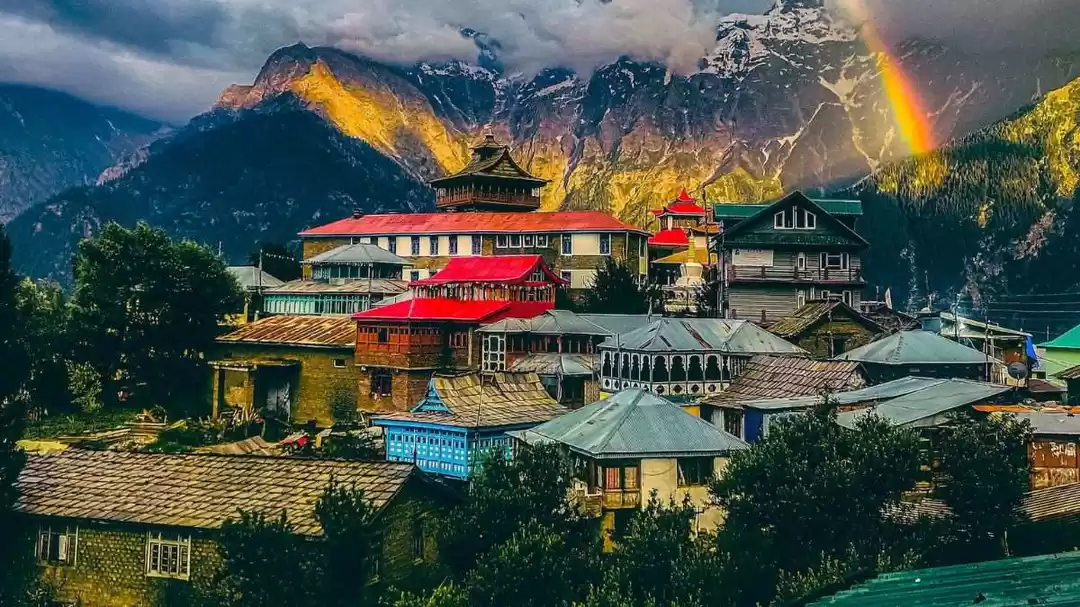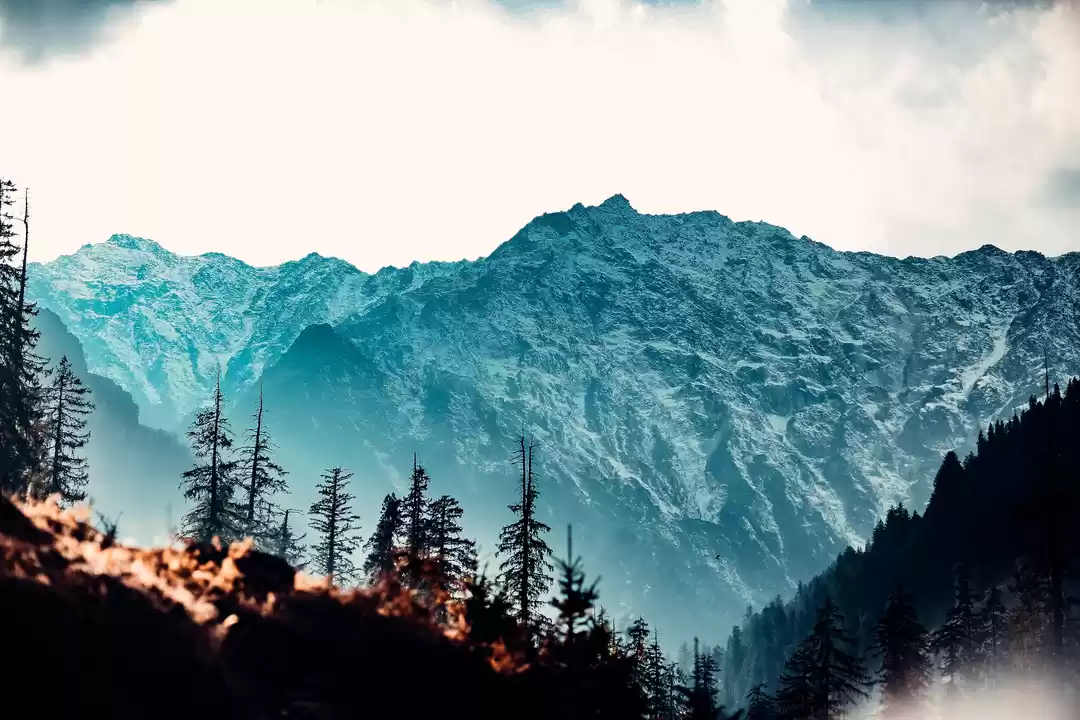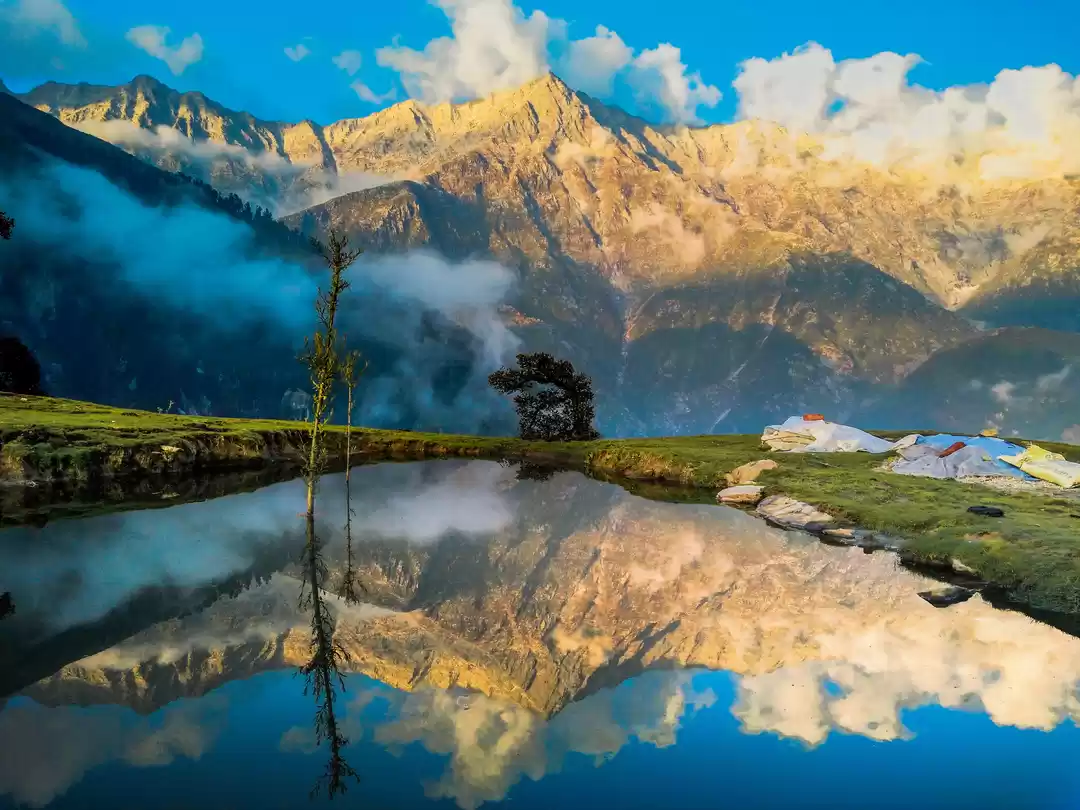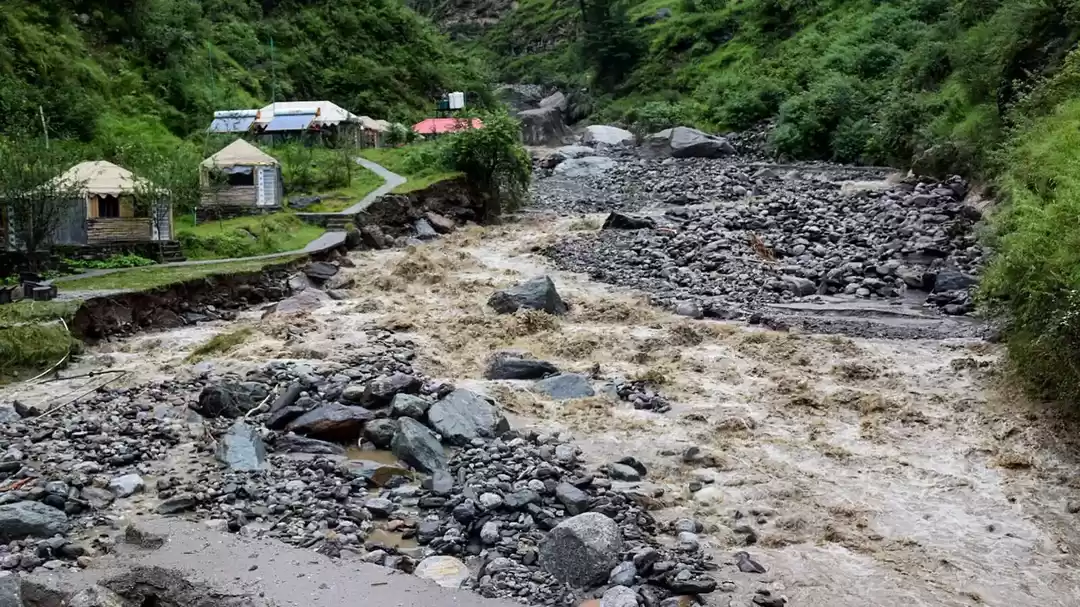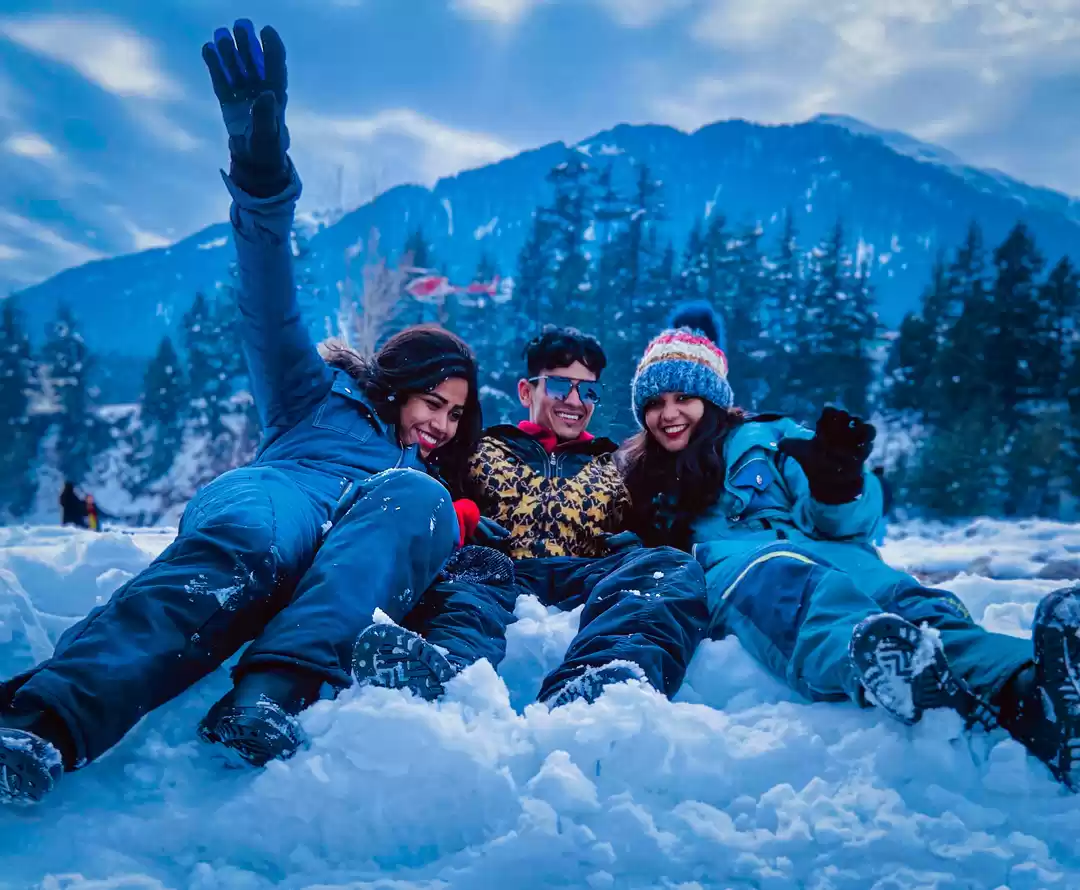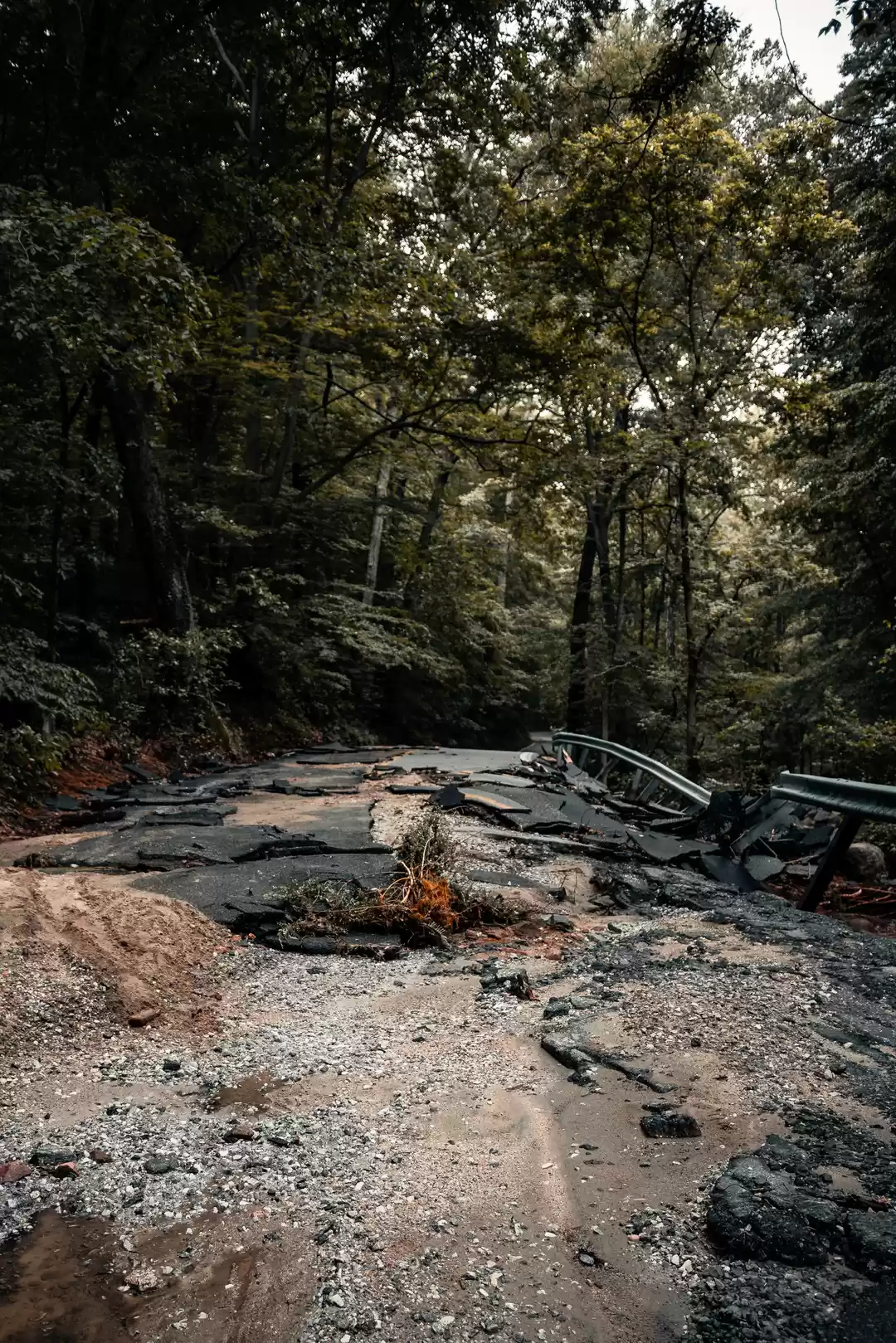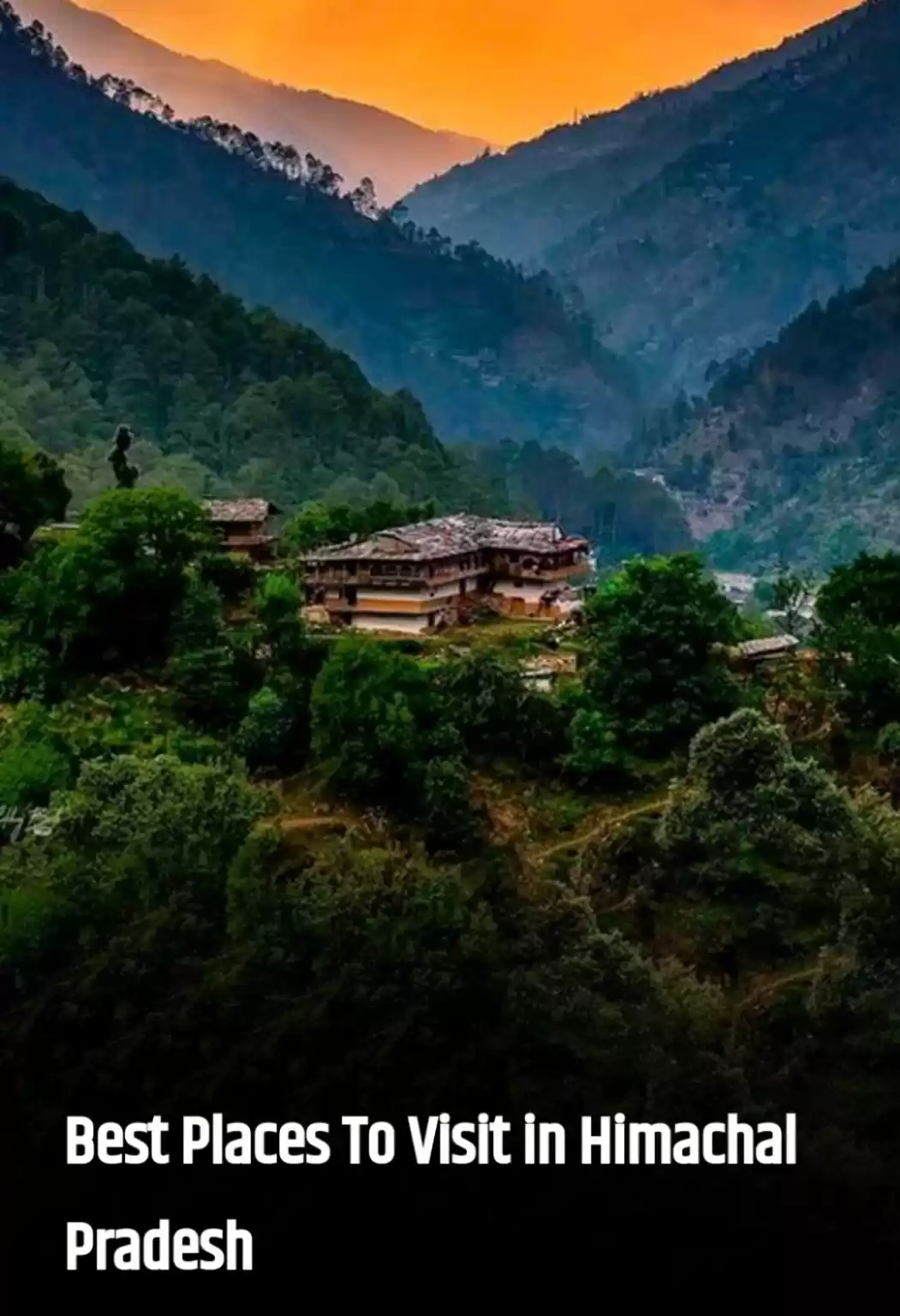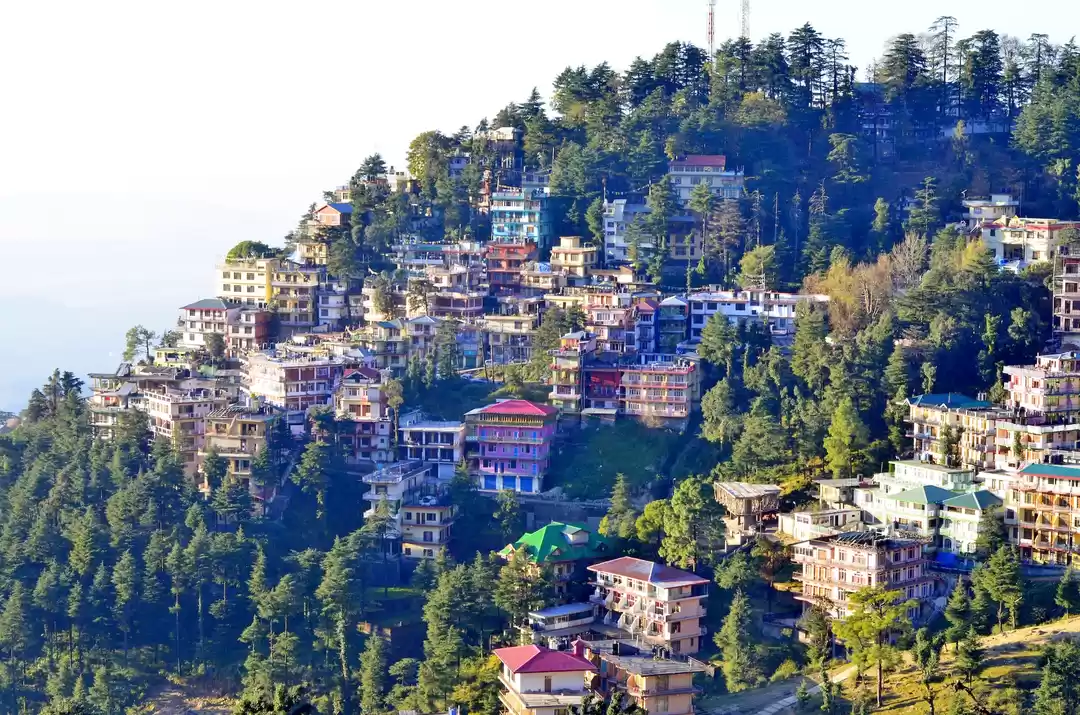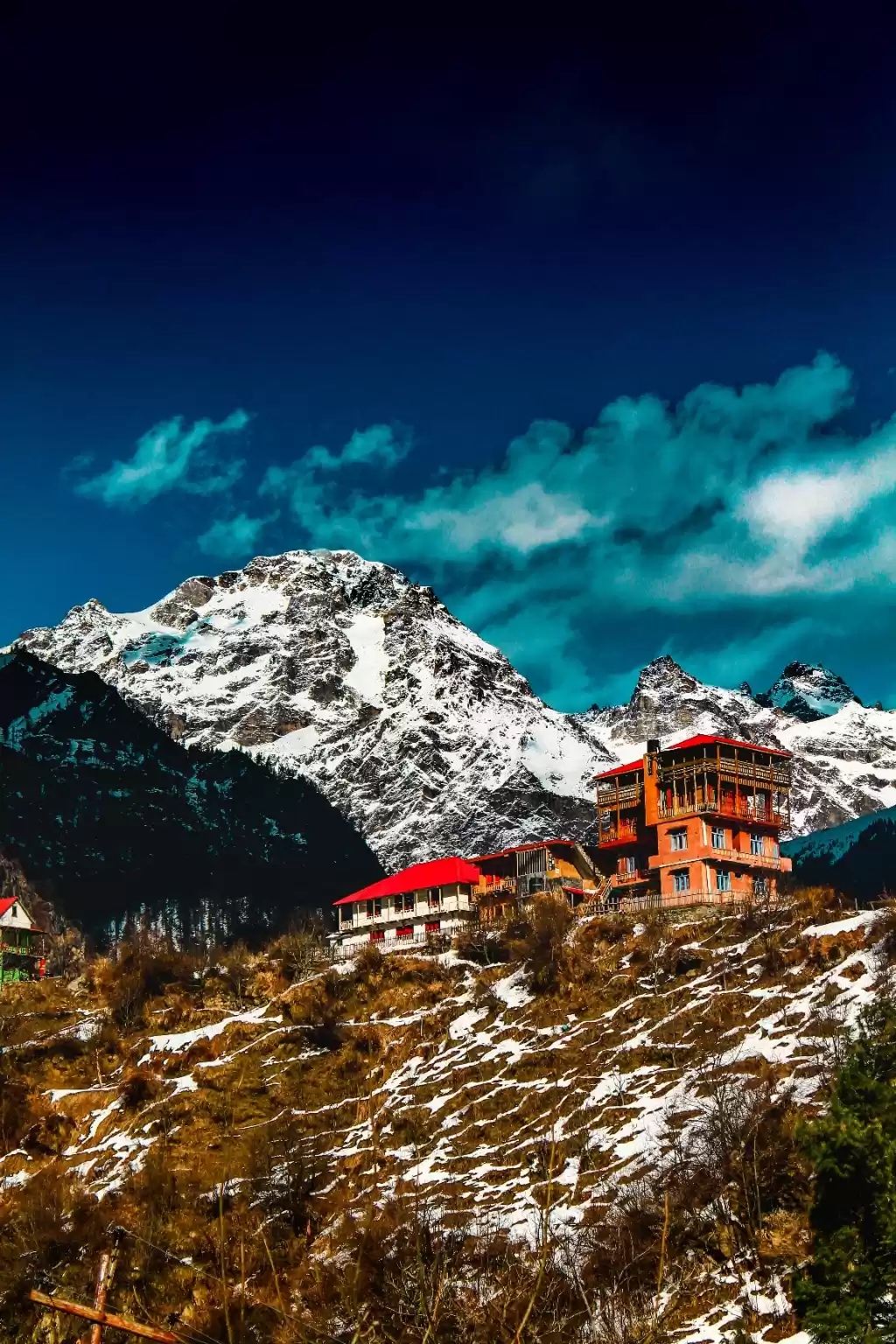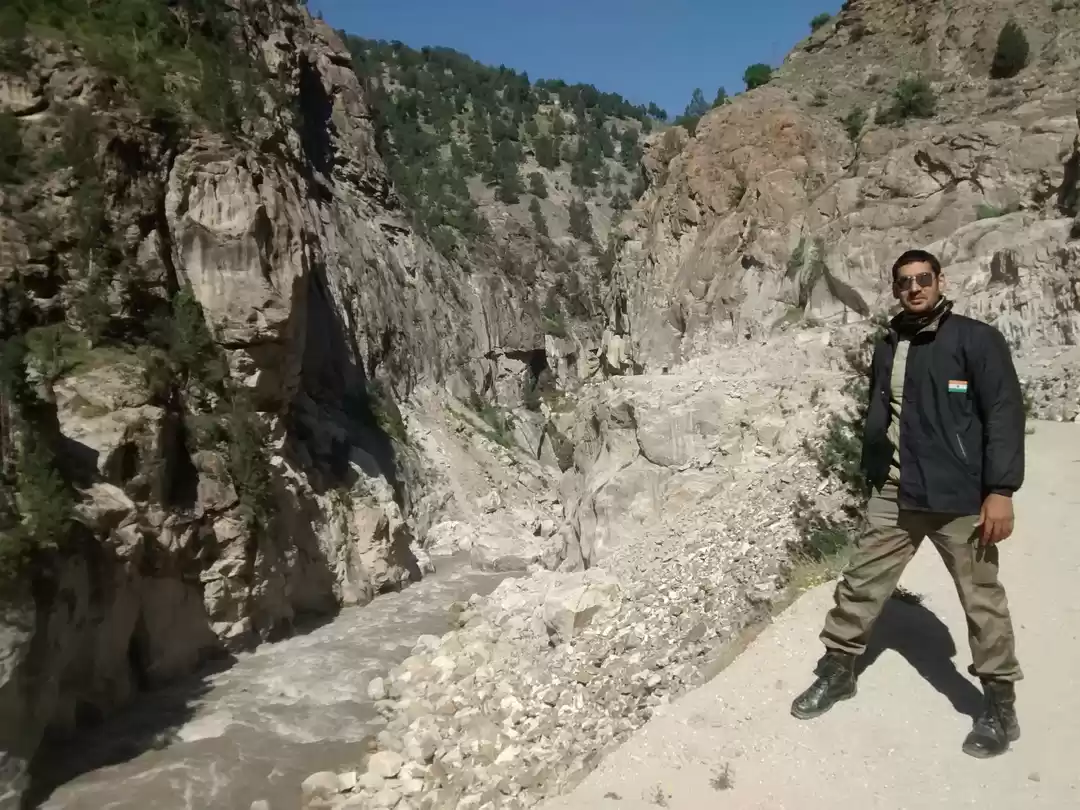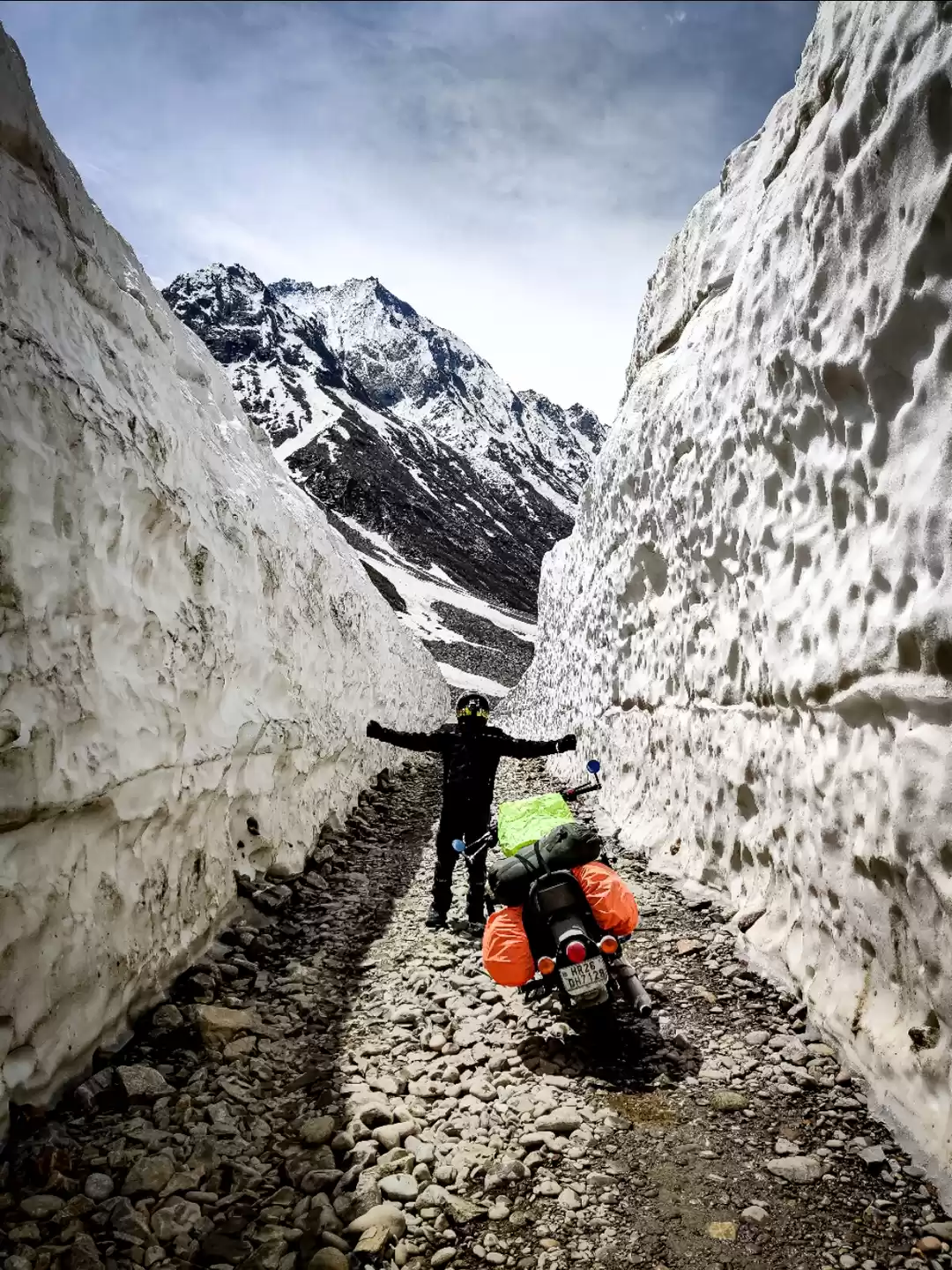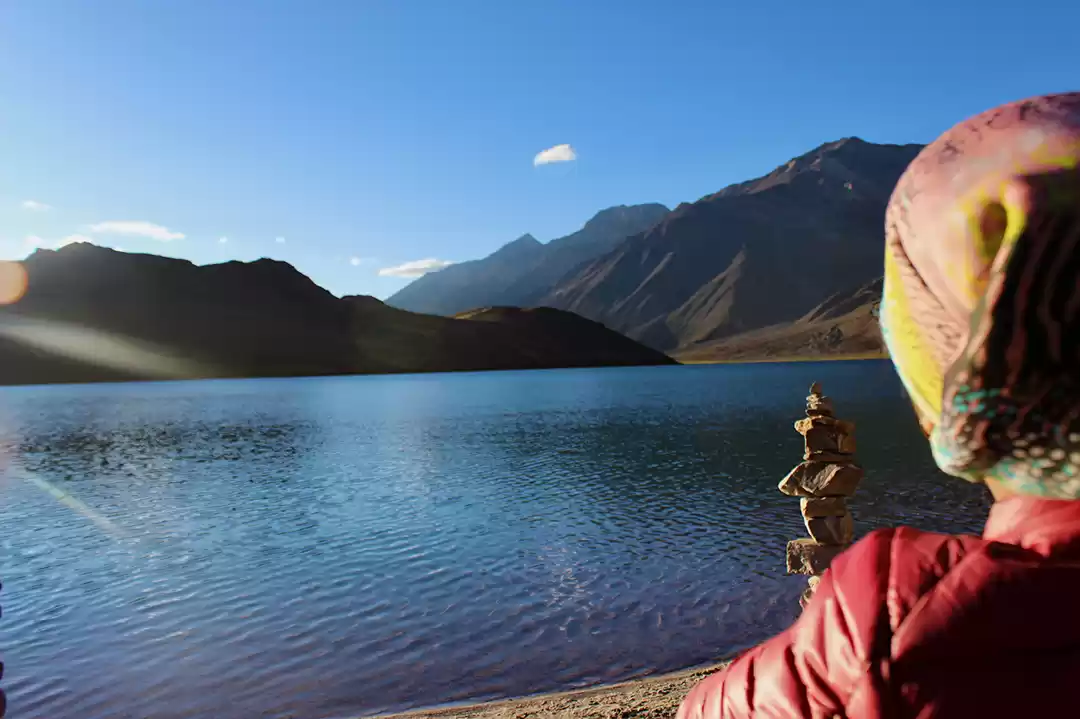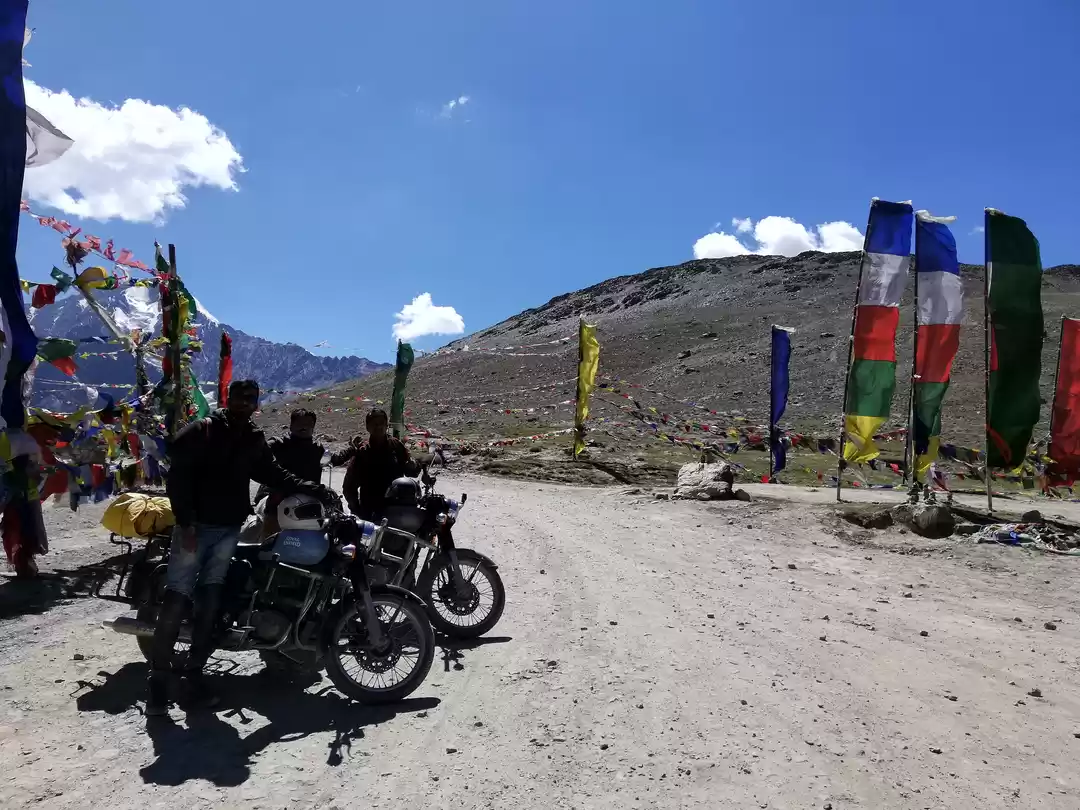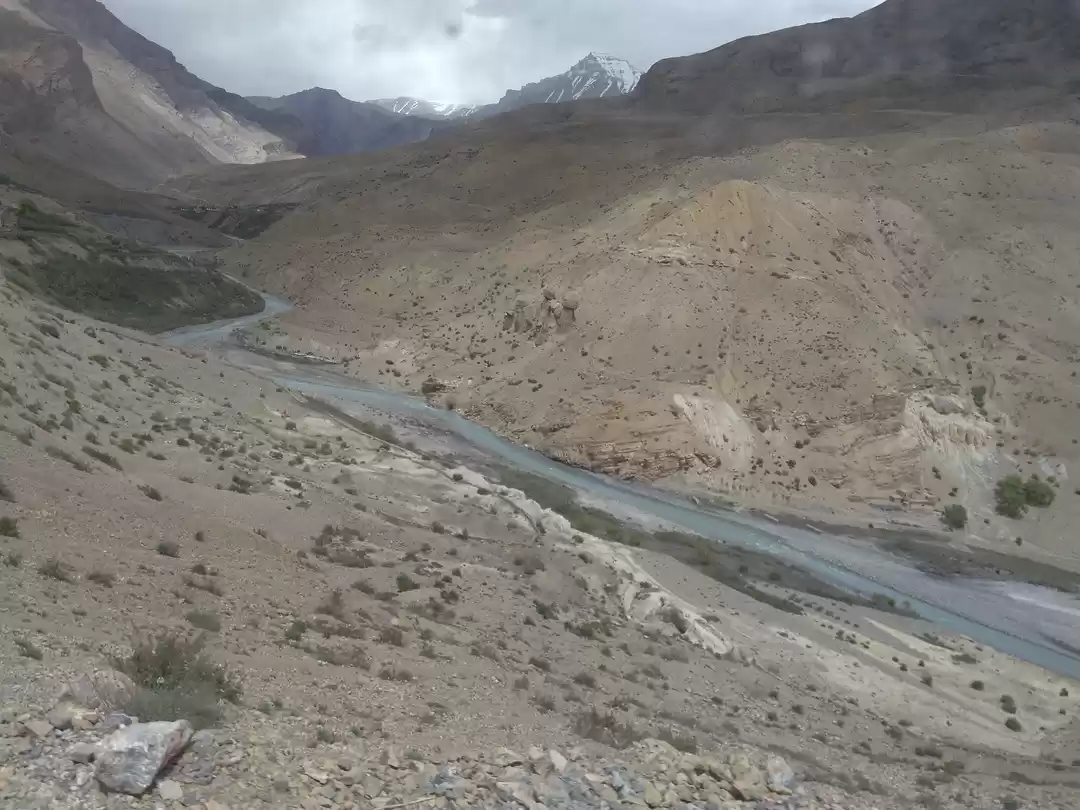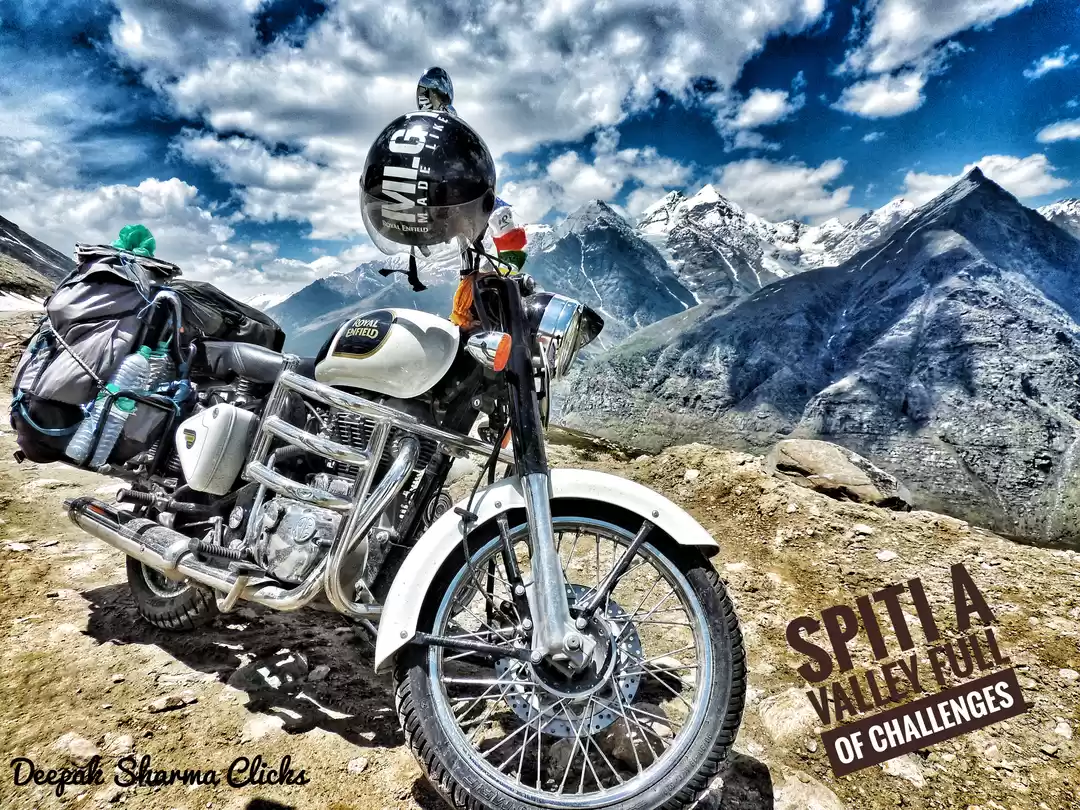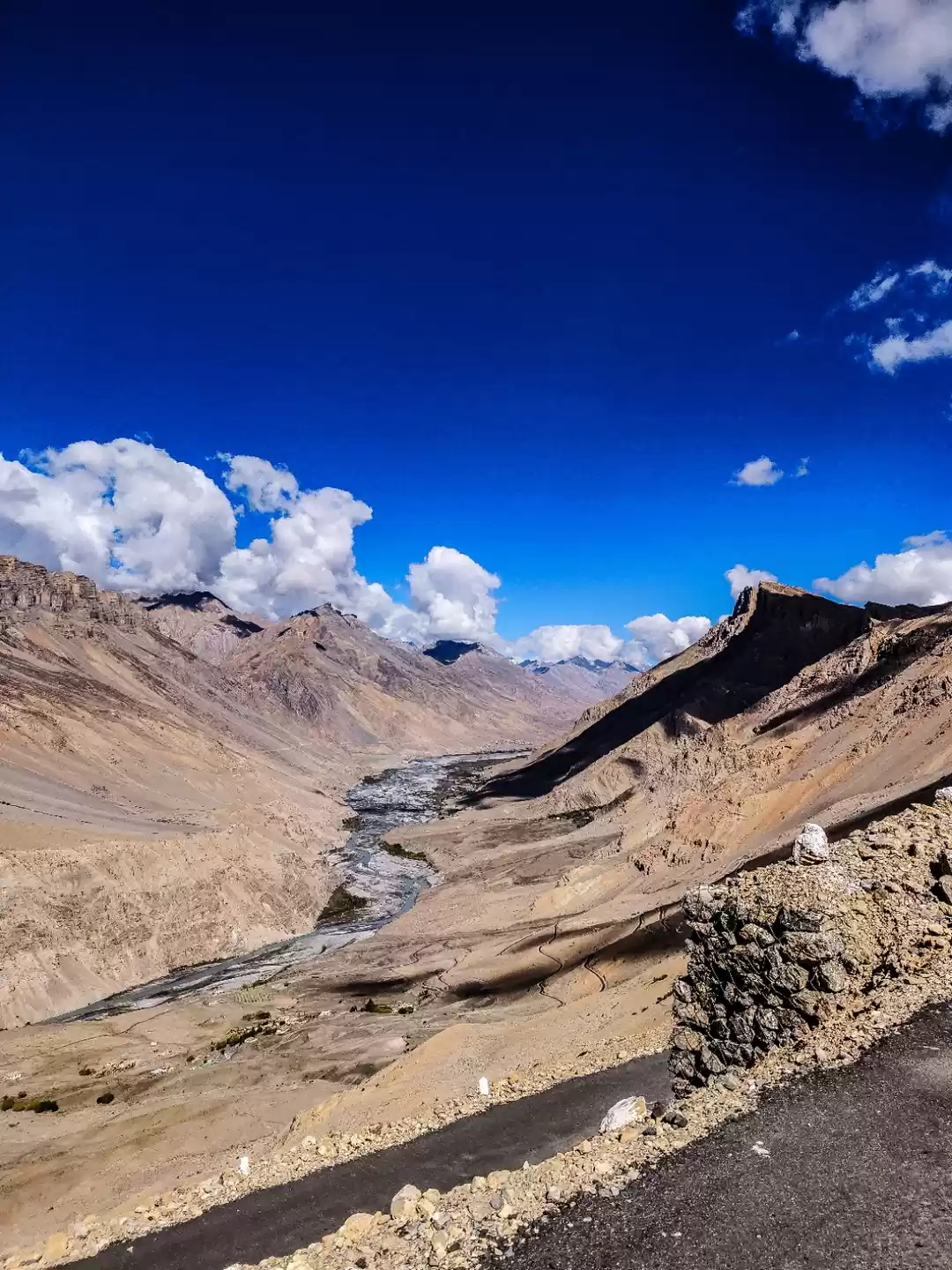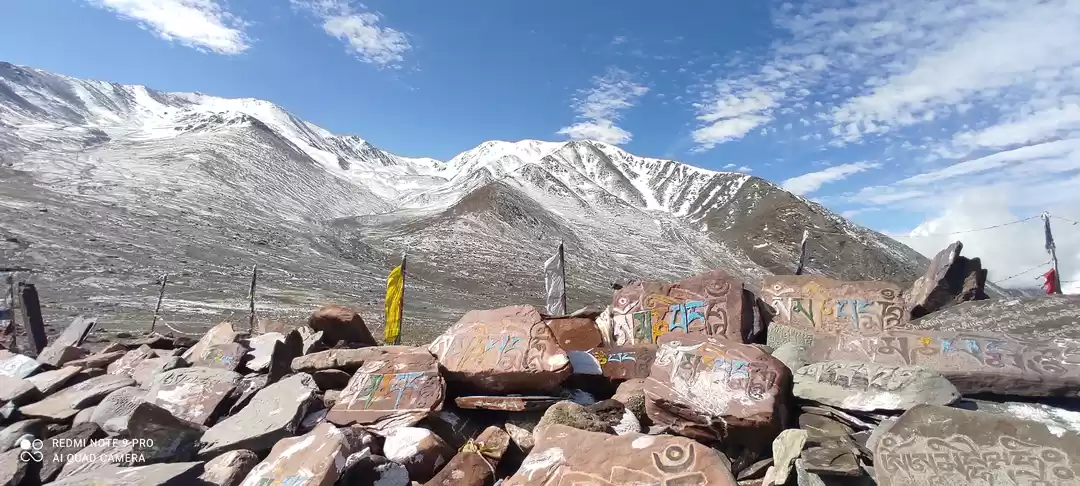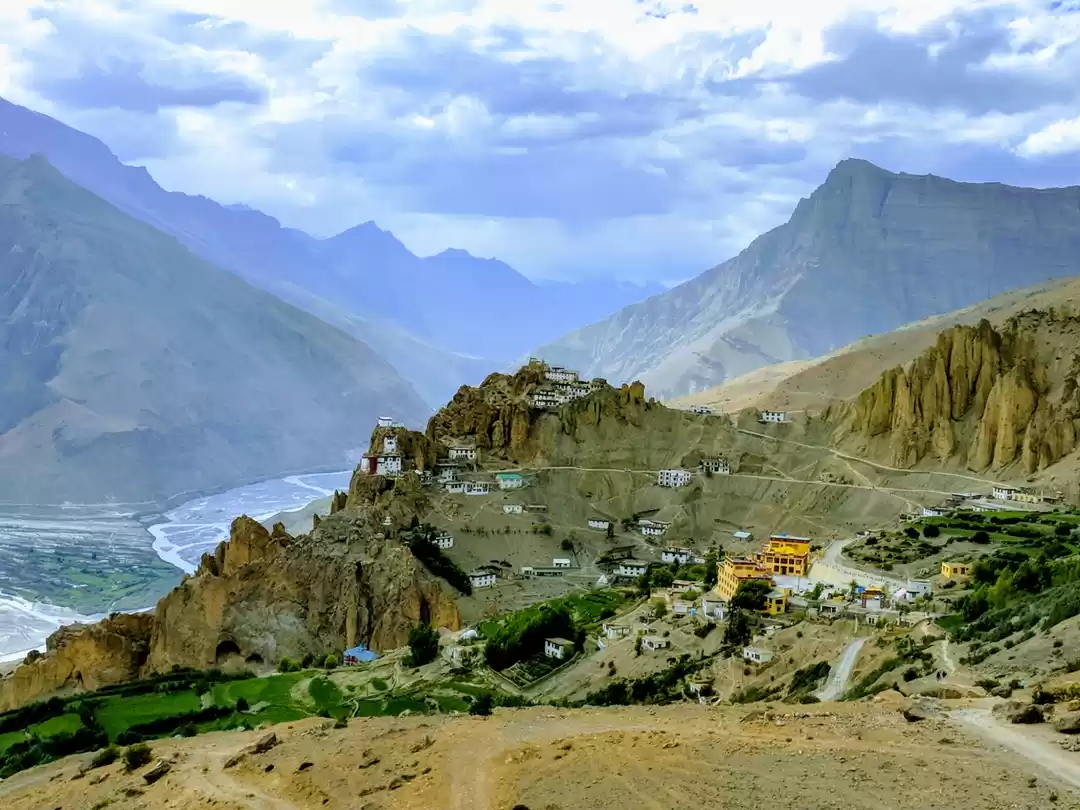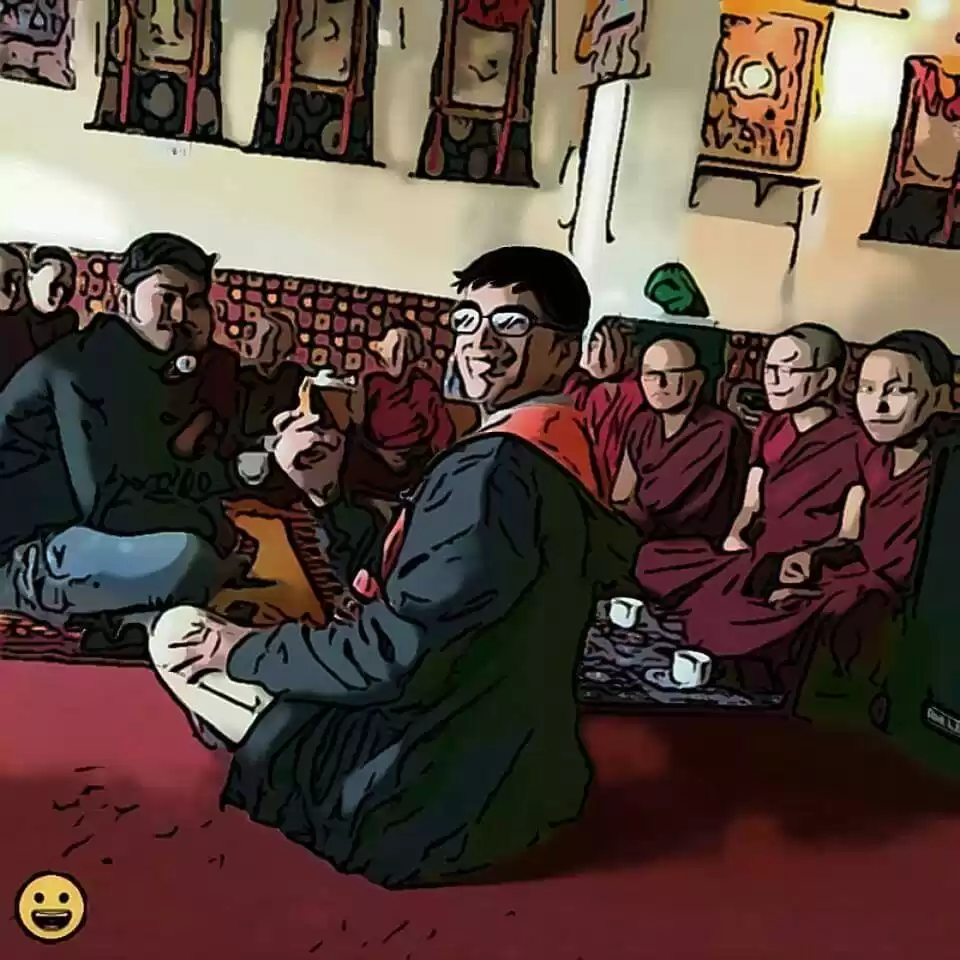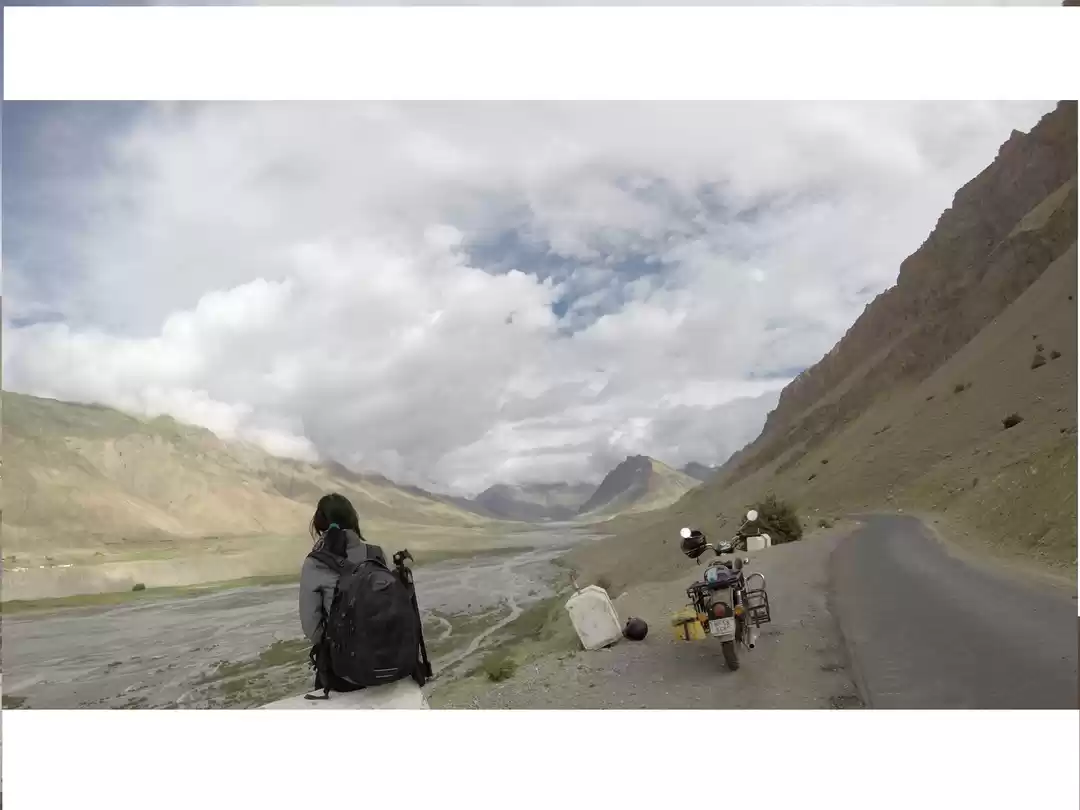They say –‘To go to Heaven, one must pass through Hell’. I believe it was quoted while they were on a trip like ours!
The torturous heat of Delhi coupled with the passion to ride made us find an escapade to a place where the Gods reside – Spiti Valley. Its ancient name ‘Dev Bhumi’, meaning ‘Land of Gods’ is no misnomer. The grandeur of the towering peaks, glaciers and vast valleys is so breathtaking that it was considered the abode of the Gods in ancient India. One can read and talk endlessly about this marvel but the only way one can actually feel it is by being there. I took leave from office for a minimum of 2 weeks and asked others to do so because I’ve always believed in the journey being bigger than the destination and wanted to enjoy every inch covered rather than hustling and rushing towards the destination. Our plan was to enter Spiti Valley via Manali and exit via Kinnaur. Moreover we wanted to enter Manali from the Simla-Theog-Jhalori Pass route instead of the Chandigarh-Ropar-Blilaspur-Mandi route as we had never seen the former earlier. So 5 of us, namely – Manu, Binay, Aman, Amarinder (Ammy) and I met at G. T. Karnal Road at 5 a.m. on the 14th of July and started rolling.
We wanted to cover as much distance as possible before the sun started blazing down on us. We stopped at Jhilmil (Karnal) for breakfast and then at the foothills near Kalka for lunch and headed towards Theog. On our way we decided to make a stop at Chail for the day. After having tea in our hotel we went for a walk and realized Ammy was limping. Wasn’t he supposed to if he would walk in his riding boots which were almost kissing his knees? Somehow he made it back to the hotel. We slept well and left for Manali the next morning. We had to reach Theog and then take a turn towards Jhalori pass. The roads were nice and we eased through the lush green landscapes. It was only at Jhalori Pass that we had to ride on a comparatively tough uphill road and the bikes weren’t going beyond the 2nd gear. It got even worse when we left Jhalori Pass as the downhill seemed even tougher and the roads were in very bad shape. All this while we had a few minor breakdowns in the bike like a broken clutch wire, a punctured Tyre and jammed breaks but we managed all that by ourselves. Soon we hit Aut, crossed the amazing tunnel and reached Manali while it had started getting dark. Manali was jampacked and we couldn’t find a place to stay. Better still, it started raining heavily. Drenched, we all headed in different hotels to speed up the process of finding a room, which we eventually did late in the night, an expensive option, but had no choice at that time. We spent the next day in Manali, got our bikes checked, shopped for little stuff while it kept raining heavily throughout the day. Rain in Manali meant that Rohtang was getting covered in snow and so were the roads that lead us there. That was the day when we were bombed with Ammy’s intellectual questions including my personal favourite where he asked Aman, referring to his raincoat – “Is it waterproof dude?”
We left next morning and it felt like our trip had actually begun. The roads were slurry and our bikes started slipping and skidding every now and then. The conditions weren’t friendly for sure but we kept moving steadily till the time we hit a traffic jam just before Rohtang due to the heavy snow under which the whole place was covered. The riding conditions were really tough as the roads were covered with one feet of snow. Surprisingly that was the first time I ever experienced an AMS – Acute Mountain Sickness, which my other friends did too. While crawling through the traffic a personal competition between Aman and Ammy started – who would fall more times and Ammy won 5-3!
At Rohtang the traffic came to a standstill, and we witnessed something the other four had never before – snowfall. It was bliss. It soon changed into misery when the gentle snowfall changed into a rather hailstorm. We were stuck with no shelter. We tried to hide behind cars which didn’t help much as the temperature was freezing. We saw our feet getting covered with snow every now and then. Our feet and hands were frozen and we could barely move them. It was so fierce that we couldn’t even remove our helmets. It was quite an effort to unpack stuff from one bike to take out a Rum bottle which seemed like our best friend then and our only saving grace. Traffic started moving rather crawling again after almost 3 hours, luckily for us, army trucks were on our side and it was made to move first. Riding had gotten even tougher. We couldn’t see the road with visors down and couldn’t remove them due to the storm. Almost 2 feet snow had accumulated on the roads by then. The only way we could ride was by riding behind a heavy vehicle and moving along its tyre impressions. We covered the next 7-8 kms in over an hour and that’s when the road condition got a little better, but it was raining there and the roads, especially the curves were really slippery. Slowly we made it to Gramphoo and had the first meal of the day there.
From Gramphoo the straight road leads to Keylong and eventually Leh, but we had to turn right, cross Lahaul Valley and head towards Spiti. As we turned we waited for the most thrilling part of our ride – the offroads and the ‘Nalas’. Though we had gotten enough for the day already but the thrill of riding in those conditions is unbeatable. The roads ended soon and we were riding on sand, stones, pebbles and of course the slurry conditions continued and we waited for the first Nala on our way, the same Nala where Manu’s bike had broken down on our last ride. We eventually reached there but it was as good as not. The terrain is being constructed due to tourist movement in that area and the water was being drained from beneath the road with barely any above it. For a moment it seemed like that all the adventure and thrill had been stolen from us. The fear of bikes getting stalled in such extreme conditions is always there, but that’s the challenge that’s worth overcoming on one of India’s toughest yet the most beautiful terrains. After riding for a bit in really bad road conditions, appreciating nature’s beauty and its marvels and crossing some small Nalas and slurry patches, we decided to put a halt to our ride for the day at Chatru at a place which is a big constructed hall with a shutter, like our local shops have it here. At night the temperature was freezing there. After dinner and a little conversation with tourists there we hit the sack. At around 3 a.m. Ammy shot another question at me – “Saurabh I need to pee, kaise karoon?” In a flash the others fired back 3 different answers and we couldn’t stop giggling. What actually surprised me was that no one was sleeping and of course there were reasons for that too. Nevertheless I politely answered Ammy’s question – “Go out and pee.”
Next morning we witnessed an inch thick snow on the seats of our bikes. The temperature there was speaking for itself. It took quite some time to start our bikes and we were rolling again. We witnessed the worst possible roads then. I mean we witnessed no roads. It was just water, slurry patches, pebbles, flock of sheep every 5 kms or so and snow. Our average speed on that terrain was around 5 kms per hour. Words can barely define the road condition, and we had to cross all that to reach the valley of dreams. Well, we couldn’t change the road condition but what we could do was look at the breathtaking landscapes around that changed every few hours. Then there were patches where there was snow up to 20 feet on either side. Soon we crossed Batal and the Spiti region started.
The first thing was undoubtedly visiting Chandratal Lake, which is totally off the route for some 16 kms, 16 kms of pure serenity, including another big Nala which I was so anxious to cross. Fate stole it from us as the roads were blocked due to heavy snow and the only way was to trek for a good 7-8 kms which the majority wasn’t willing to. We made our next stop at Kunzum Pass 15,059 feet above sea level, did a Parikrana of the ‘temple’ there and moved on towards Losar. On our way we witnessed a beautiful meadow, which was off the way but we rode over it, parked our bikes and once again were amused by the beauty of everything we saw. All our fatigue vanished, ironically by jumping, shouting and rolling on the grass there! After all we were in Spiti Valley. We could see the landscapes painted by nature itself. In a while we started rolling again and stopped at Losar for security check and a brief lunch. That’s where the welcome board to Spiti Valley was put as the civilization starts from that village. There were proper constructed roads from there and what we witnessed while riding through the valley was something that could only be seen in dreams, in fact even better. Lush green grasslands, meandering streams, towering snow clad peaks, formidable mountains of different colours. The landscapes were such that for a moment I left my belief of the journey being bigger than the destination behind and got lost in the surroundings. The distance of 58 kms from Losar to Kaza could have been easily covered in an hour because of the beautiful roads but it took us over 3 hours as we couldn’t stop ourselves from stopping every few kms. And we can’t blame ourselves either. On our way a kid who was rearing sheep, stopped me and asked for the time and for chocolates if I had any. I did, and I gave him all of them. He spoke to me in English! We reached Kaza by evening and stayed there for the night.
Next morning was devoted completely to spirituality and expedition of the place and we visited Ki Monastery, the biggest monastery of Spiti Valley; Kibber village at 4205 meters, which the internet claims to be the world’s highest motorable village, but it isn’t anymore. We also visited the Kibber Gompa, the place where Aman closed in on the lead by falling again, the scores then read Ammy 5, Aman 4; and then Komic, Asia’s highest village and now the highest motorable village in the world, standing at some 4400metres. After that we started rolling towards Tabo but a bike had a minor breakdown, fortunately, and we stopped. On our right was a bridge that leads one to Pin Valley. I think we were destined to visit it.
The only thing 2 things I knew about Pin Valley were that it’s beautiful and that one can spot Snow Leopards there in winters. After entering, my first impression about the Pin Valley was that it is a hub of landslides. After every few meters of well built roads we used to hit a big patch of damaged roads and gravel. Nevertheless we cruised to Kungri Gompa, found a place to stay at Sagnam and rode uptil Mudh, a place where roads end. We were told that a new road will be constructed from there till Bhava Top, meaning that one could enter Kinnaur from there in just 27 kms! While going towards Mudh I had given a lift to a local and spoke to him about their lives there. It was touching. It was a perfect example of humans’ constant victory against the forces of nature. While coming back from Mudh, Manu and I ripped our bikes on the rough terrain, to give Manu a little practice for his Raid ahead! We spent the night at the PWD of Sagnam and left next morning.
Tabo was the place where we first stopped for breakfast and visited the Tabo Monastery. Tabo Monastery was built around 996 AD, in a single night as the myth goes. Mystified, weren’t we? A true example of state of art, architecture and technology! We started rolling again and visited Gyu, where the Indian Army, in 1970’s, secured a Mummy, rather a skeleton of a Lama, dating around 500 years back. What adds to it is that its Hair and Nails still grow! Local monks claim that the man was a monk who mummified himself. He starved himself by eating only tree bark and nuts for years and then meditated for days. These holy activities allowed his corpse to stay untouched by any earthly decay. Science says the fasting caused his internal muscles and organs shrink, destroyed the bacteria in his intestines, with no microbe to eat away the corpse, it was preserved. After witnessing a natural wonder, the Army man showed us a mountain, just 7 kms from there, which belongs to China! I spoke to myself – “There must be a limit to the thrills we were witnessing”. We started rolling towards Nako. The roads to Nako were really nice with some breathtaking views of the mountains and valleys and the visible roads below. Soon we left the Valley of Dreams behind, only to enter yet another district, rich in geographical, geological and cultural treasures – Kinnaur. The heavenly region has taken both the influences from India and Tibet and became the ideal home for colorful Indo-Tibetan culture. We hit Maling Nala, but there wasn’t any water in it. At Nako we had lunch, visited Nako Lake and Monastery and started rolling again.
After a hard day’s ride we reached Sangla by night. Inspite of riding at night, thankfully no wild creature attacked us, as Manu claimed. We were in no hurry in the morning to leave as we wanted to explore all of Kinnaur’s attraction. We visited Chhitkul, Reckong Peo and decided to stay at the most beautiful place of all – Kalpa and were lucky to enjoy our stay in the Circuit House. With Kinner Kailash in the vicinity, I don’t find the need to elaborate on the scenic beauty. We went for chai & pakoras to the local bazaar and were greeted with warmth by the locals. Then we visited a Buddhist Temple nearby where the entire life story of Buddha was painted on the walls and also a Vishnu Temple adjacent to it.
We left early next morning and were greeted by the worst possible road conditions while leaving Kinnaur because of the Karcham – Wangtoo Hydroelectric Project. Somehow we managed to crawl through those kilometers and were halted again for 2 hours because of a blasting ahead. But as soon as one crosses Kinnaur, the roads are a treat. Since there was not much to see around and the weather had started getting hot, we started speeding, took a break for lunch and then stopped again only at Narkanda in the evening. We spent the night in Simla and started for Delhi next morning. As we crossed Dharampur, Ammy had a little accident and took the unbeatable lead of 6-4! We declared him the winner before Aman tried anything else to win. Battling the blazing sun and loo, we made it to Delhi by evening.
Now over a week that we have been back but I still can’t get over the enticing valleys, nestled by the Great Himalayas; places that are home to ancient civilisations untainted by modernity and raw physical beauty unmatched outside those mountains. Another visit for sure is on the cards.
So 5 of us, namely – Manu, Binay, Aman, Amarinder (Ammy) and I met at G. T. Karnal Road at 5 a.m. on the 14th of July and started rolling.
We had to reach Theog and then take a turn towards Jhalori pass. The roads were nice and we eased through the lush green landscapes. It was only at Jhalori Pass that we had to ride on a comparatively tough uphill road and the bikes weren’t going beyond the 2nd gear
Manali was jampacked and we couldn’t find a place to stay. Better still, it started raining heavily. Drenched, we all headed in different hotels to speed up the process of finding a room, which we eventually did late in the night, an expensive option, but had no choice at that time. We spent the next day in Manali, got our bikes checked, shopped for little stuff while it kept raining heavily throughout the day.
At Rohtang the traffic came to a standstill, and we witnessed something the other four had never before – snowfall. It was bliss.
We made our next stop at Kunzum Pass 15,059 feet above sea level, did a Parikrana of the ‘temple’ there and moved on towards Losar
After all we were in Spiti Valley. We could see the landscapes painted by nature itself. In a while we started rolling again and stopped at Losar for security check and a brief lunch. That’s where the welcome board to Spiti Valley was put as the civilization starts from that village. There were proper constructed roads from there and what we witnessed while riding through the valley was something that could only be seen in dreams, in fact even better
The only thing 2 things I knew about Pin Valley were that it’s beautiful and that one can spot Snow Leopards there in winters. After entering, my first impression about the Pin Valley was that it is a hub of landslides. After every few meters of well built roads we used to hit a big patch of damaged roads and gravel.
Tabo was the place where we first stopped for breakfast and visited the Tabo Monastery. Tabo Monastery was built around 996 AD, in a single night as the myth goes. Mystified, weren’t we? A true example of state of art, architecture and technology
We were in no hurry in the morning to leave as we wanted to explore all of Kinnaur’s attraction. We visited Chhitkul, Reckong Peo and decided to stay at the most beautiful place of all – Kalpa and were lucky to enjoy our stay in the Circuit House

